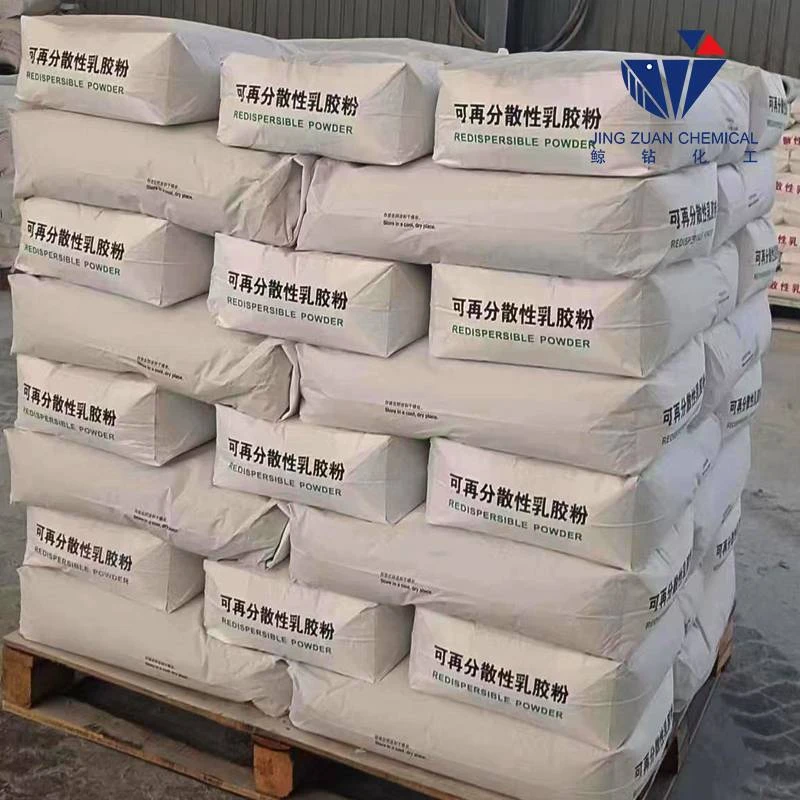
okt . 19, 2024 07:46 Back to list
hpmc formulation
Understanding HPMC Formulation A Comprehensive Overview
Hydroxypropyl Methylcellulose (HPMC) is a versatile cellulose ether that has gained significant importance across various industries, particularly in pharmaceuticals, food, and cosmetics. This article delves into the formulation of HPMC and its multifaceted applications, guiding readers through its properties, preparation methods, and usage in different sectors.
What is HPMC?
HPMC is a semi-synthetic polymer derived from cellulose, which is a natural polymer found in the cell walls of plants. It is produced by chemically modifying cellulose through the substitution of hydroxyl groups with hydroxypropyl and methyl groups. The degree of substitution affects the solubility and viscosity of HPMC, making it a customizable ingredient for diverse applications.
Key Properties of HPMC
One of the standout features of HPMC is its soluble nature in water. Unlike cellulose, HPMC dissolves readily in aqueous solutions, forming a clear, viscous gel. This property is crucial for its use in formulations where viscosity control is required. Additionally, HPMC is non-toxic, biodegradable, and compatible with many other substances, making it an excellent choice for formulations aimed at human consumption or use on the skin.
HPMC also exhibits thermal stability, making it resistant to degradation at elevated temperatures. This characteristic is particularly beneficial in hot-fill processes in the food industry or during the manufacturing of pharmaceutical products that require sterilization.
HPMC in Pharmaceutical Formulations
In the pharmaceutical realm, HPMC is widely utilized as a binding agent, film-forming agent, and controlled-release agent. In tablet formulations, HPMC plays a pivotal role in ensuring the tablet's structural integrity and controlling the release rate of active pharmaceutical ingredients (APIs). By adjusting the concentration of HPMC, formulators can manipulate the release profile of the drug, facilitating sustained release and improving therapeutic efficacy.
hpmc formulation

Moreover, HPMC is often used in ophthalmic solutions due to its ability to retain moisture and provide viscosity. This property enhances the comfort of eye drops, ensuring a longer duration of action and better patient compliance.
HPMC in Food Applications
In the food industry, HPMC serves as a thickening agent, emulsifier, and stabilizer. It is commonly found in sauces, dressings, bakery products, and dairy items. HPMC improves texture and mouthfeel, contributing to a desirable product quality. Additionally, it helps prevent ice crystal formation in frozen items, maintaining product stability and texture.
With the rising demand for gluten-free products, HPMC has emerged as a popular ingredient in gluten-free baking. It mimics the elasticity and structure typically provided by gluten, improving the quality of baked goods and extending shelf life.
HPMC in Cosmetic Formulations
HPMC's film-forming and emulsifying properties make it a valuable component in cosmetic and personal care products. It enhances the texture and stability of lotions, creams, and gels, providing a smooth application and a pleasant feel on the skin. Additionally, HPMC acts as a thickener in shampoos and conditioners, improving the product's overall sensory attributes.
Conclusion
The formulation of Hydroxypropyl Methylcellulose (HPMC) is integral to various industries, offering a multitude of benefits ranging from viscosity control to enhanced product stability. Its unique properties make it an invaluable ingredient in pharmaceuticals, food, and cosmetic formulations. As demand for sustainable and multifunctional ingredients continues to grow, HPMC stands out as a favorable choice due to its biodegradability and non-toxic nature. By understanding the formulation and application of HPMC, formulators can leverage its versatility to create innovative products that meet consumer needs and regulatory standards.
-
Versatile Hpmc Uses in Different Industries
NewsJun.19,2025
-
Redispersible Powder's Role in Enhancing Durability of Construction Products
NewsJun.19,2025
-
Hydroxyethyl Cellulose Applications Driving Green Industrial Processes
NewsJun.19,2025
-
Exploring Different Redispersible Polymer Powder
NewsJun.19,2025
-
Choosing the Right Mortar Bonding Agent
NewsJun.19,2025
-
Applications and Significance of China Hpmc in Modern Industries
NewsJun.19,2025







